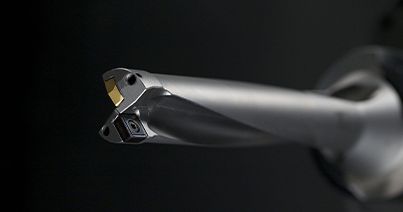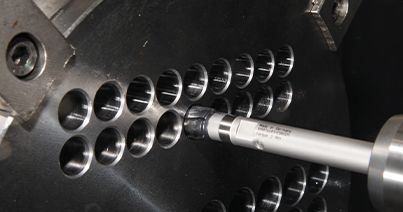PCD Tooling for Aluminum Machining
Polycrystalline Diamond. PCD. That's what we're talking about today. Why? Because it's an important subject as we see things shifting in various industries. Let's take the transportation segment for instance. More and more vehicles with electrical engines are coming on the market, needing lightweight components made of aluminum. So, the share of aluminum parts is higher today than ever. Aluminum is a soft material, requiring sharp cutting edges to avoid built up edge and gumming, especially when machining aluminum with low silicone content. On the flip side, aluminum with high silicone content wears on carbide quickly. Using PCD tools, high speeds and feeds enable highest productivity and long tool life in these types of materials.



